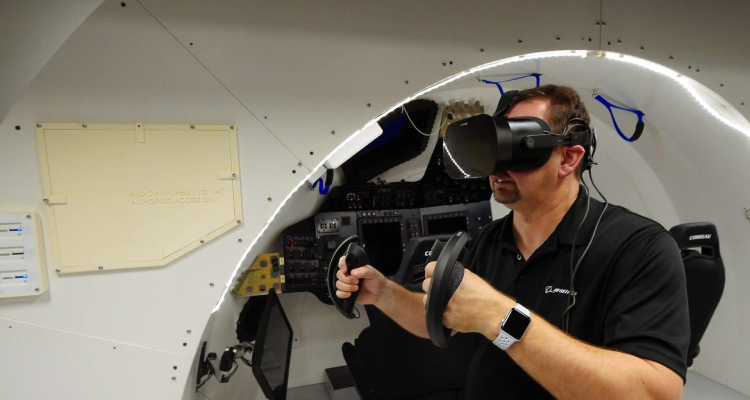
The landscape of pilot training is changing rapidly, with Virtual Reality (VR) technologies at the forefront of this revolution. Once the stuff of science fiction, VR is now a tangible, highly effective tool for educating aspiring pilots. This article aims to shed light on the remarkable ways in which VR is transforming the pilot training experience, enhancing both the quality and safety of flight education.
The Traditional Pilot Training Model
Conventional pilot training has long relied on a combination of classroom-based theory lessons and actual flight training. While effective, this method is not without its limitations. Actual flight training is costly, and the availability of aircraft and trainers can be limited.
Introduction of Virtual Reality in Training
The incorporation of VR into pilot training solves many of these challenges. With realistic 3D simulations, trainees can practice handling a range of scenarios that replicate real-world conditions, right from the comfort of a ground-based setting.
Cost-Effectiveness and Accessibility
VR significantly reduces the costs involved in pilot training. With VR, learners can undertake more hours of practical training without the associated costs of fuel, aircraft maintenance, and instructor fees. This opens doors for a more diverse group of people to consider a career in aviation.
Enhanced Safety Measures
The use of VR allows for risk-free exposure to challenging flight scenarios such as engine failures, adverse weather conditions, and emergency landings. Trainees can practice these operations repeatedly until they are proficient, without the risks associated with actual flight.
Continuous Learning and Skill Refinement
VR technologies enable continual learning. Pilots can keep their skills sharp and updated with regular VR sessions, which can be incredibly beneficial for maintaining the high standards required in the aviation industry.
VR and the Future of Pilot Training
With advancements in VR technology showing no signs of slowing, its role in pilot training is set to become even more integral. From fully immersive cockpit experiences to multi-user scenarios where trainees can interact, the possibilities are endless.
Frequently Asked Questions
How does Virtual Reality differ from traditional flight simulators?
While both aim to replicate real-world conditions, VR offers a fully immersive experience that allows trainees to engage with their surroundings in a way traditional simulators can't match.
Is VR training as effective as actual flight training?
VR training is designed to complement, not replace, actual flight training. However, it provides an extremely realistic and risk-free environment for mastering various flight scenarios.
What are the limitations of VR in pilot training?
While VR offers incredible advantages, it lacks the tactile feedback one would experience in a real cockpit. This is why VR is most effective when used alongside traditional training methods.
Conclusion
Virtual Reality is not just a technological fad; it’s a game-changing tool that is fundamentally transforming the world of pilot training. From cost-saving benefits to enhanced safety features, VR brings a host of advantages that are too significant to ignore.
